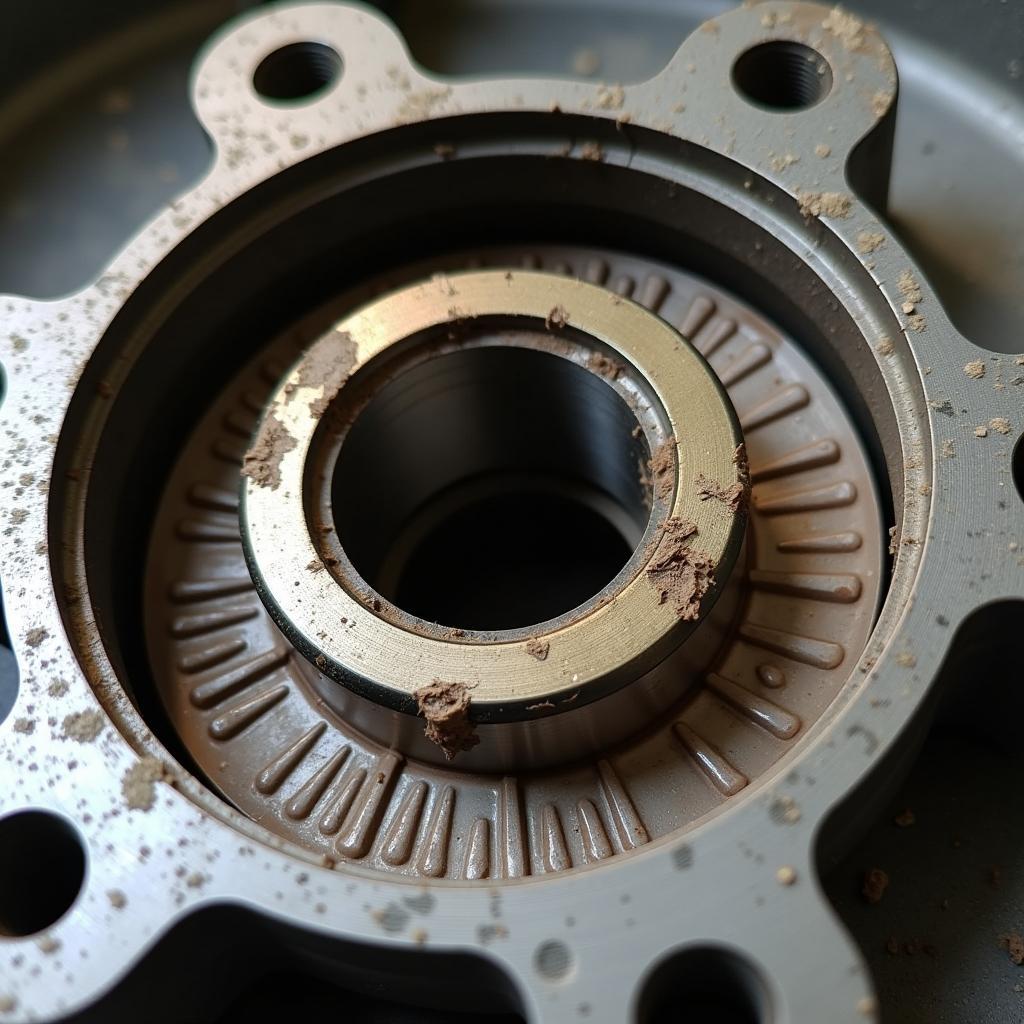The auxiliary coolant pump – a small component with a big impact! It ensures that your engine is optimally cooled even under high loads. But what exactly does it do and how do you recognize when it is defective? In this article, you will learn everything important about the auxiliary coolant pump.
What is an Auxiliary Coolant Pump and What Does It Do?
Modern vehicles are true masterpieces of technology, but the many horsepower also bring increased heat generation. To avoid engine damage, an efficient cooling system is essential. This is where the auxiliary coolant pump comes into play. It supports the main water pump and ensures optimal coolant circulation, especially in critical areas such as the turbocharger, intercooler, or transmission.
Imagine driving your car up a steep mountain road. The engine has to deliver peak performance and is under heavy strain. The auxiliary coolant pump ensures that all important components are adequately cooled in this situation and that no overheating occurs.
 Auxiliary coolant pump in the engine compartment
Auxiliary coolant pump in the engine compartment
How the Auxiliary Coolant Pump Works
The auxiliary coolant pump is an electrically operated component that is usually installed near the coolant circuit of the turbocharger or intercooler. It is controlled by a control unit and switches on as needed, for example when engine temperatures are high, when the turbocharger is in operation, or after the engine has been switched off.
A renowned automotive expert, Dr. Ing. Markus Schmidt, explains: “The auxiliary coolant pump is an important component of modern cooling systems and makes a significant contribution to the service life of the engine and turbocharger.”
Common Problems with the Auxiliary Coolant Pump
Like any component in the car, the auxiliary coolant pump can also be affected by wear and tear. Common signs of a defect are:
- Engine overheating: If the auxiliary coolant pump is no longer working properly, this can lead to engine overheating, especially under high loads.
- Noises from the engine compartment: A defective bearing or a defective electric motor of the auxiliary coolant pump can cause unusual noises in the engine compartment.
- Error message in the instrument cluster: Modern vehicles have sensors that monitor the condition of the coolant pump. In the event of a defect, an error message often appears in the instrument cluster.
 Defective bearing of an auxiliary coolant pump
Defective bearing of an auxiliary coolant pump
What to Do if the Auxiliary Coolant Pump is Defective?
If you suspect a defect in your auxiliary coolant pump, it is advisable to visit a workshop as soon as possible. In many cases, replacement of the pump is necessary.
Preventive Measures
To extend the service life of your auxiliary coolant pump, you can take some preventive measures:
- Regular inspections: Have your cooling system checked regularly in a workshop.
- High-quality coolant: Only use high-quality coolant that meets the manufacturer’s specifications.
- Gentle driving: Avoid putting heavy loads on the engine immediately when it is cold.
The Auxiliary Coolant Pump: A Small Part with Great Significance
The auxiliary coolant pump is an important component in the cooling system of modern vehicles and contributes significantly to the performance and lifespan of the engine. Pay attention to the symptoms mentioned above and have your pump replaced if necessary.
Further Questions about the Auxiliary Coolant Pump?
Do you have any further questions or need help repairing your vehicle? Feel free to contact us – our car experts are here to help!

